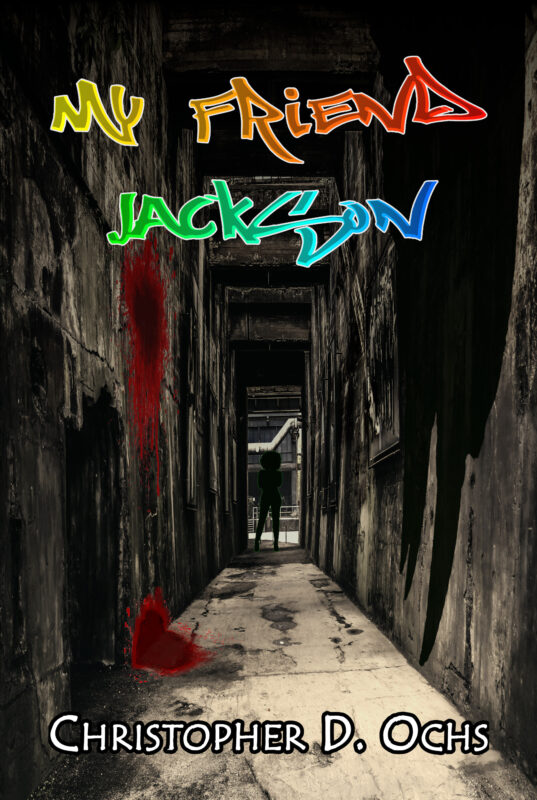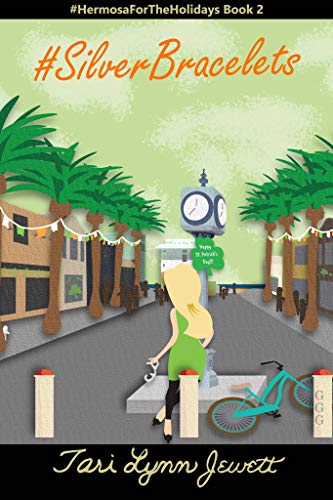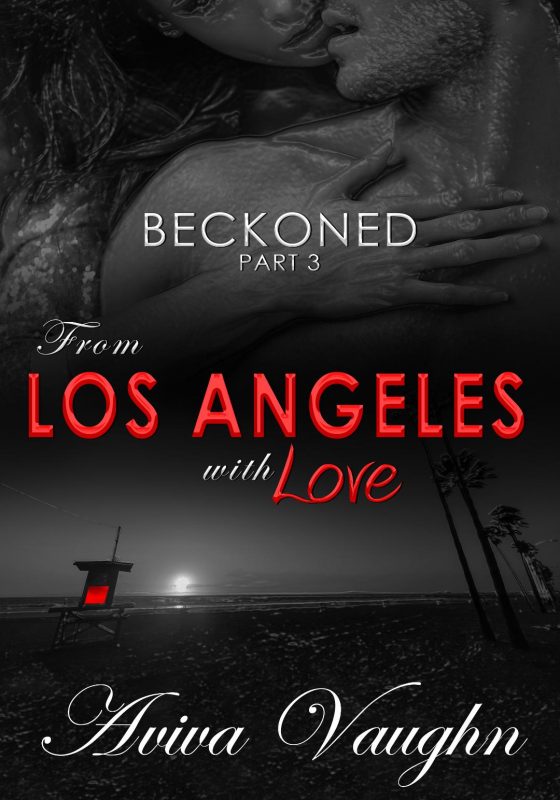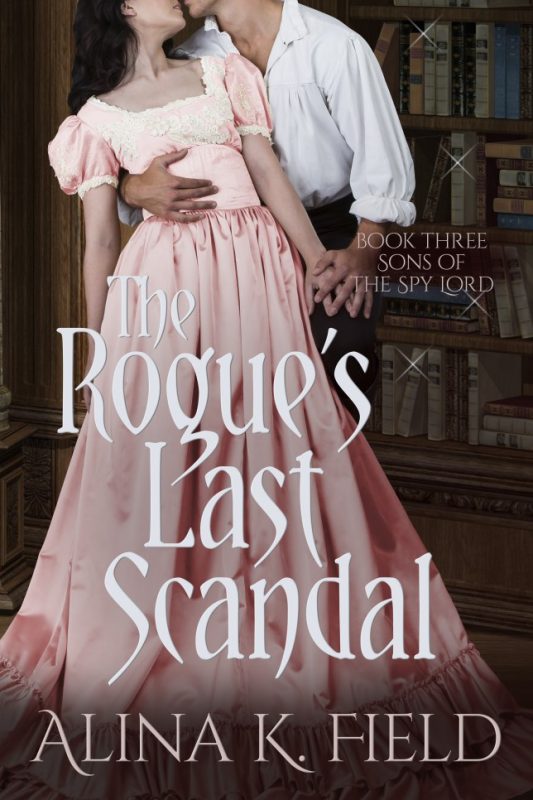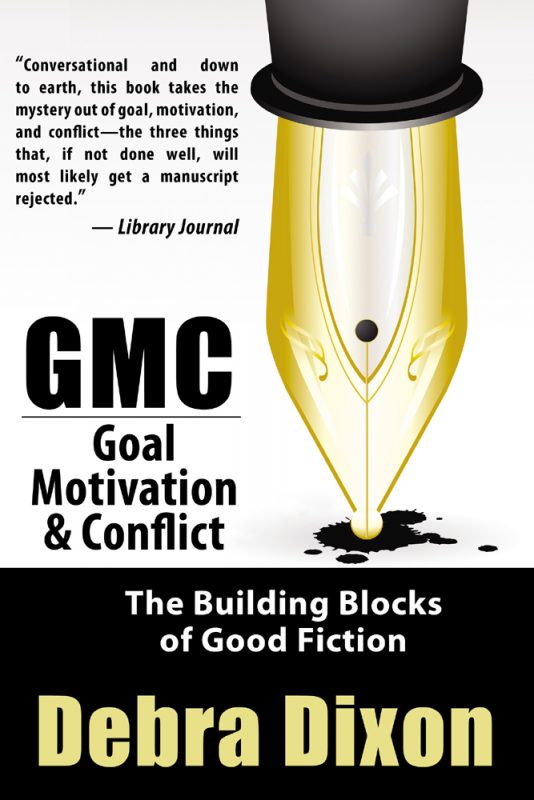Featuring The Extra Squeeze Team
February 1, 2020 by The Extra Squeeze in category Featured Author of the Month, The Extra Squeeze by The Extra Squeeze Team tagged as cry for writing help, editing, Hot Mess, NaNoWriMo, Self-editing
Ever wonder what industry professionals think about the issues that can really impact our careers? Each month The Extra Squeeze features a fresh topic related to books and publishing.
Amazon mover and shaker Rebecca Forster and her handpicked team of book professionals offer frank responses from the POV of each of their specialties — Writing, Editing, PR/Biz Development, and Cover Design.
For the whole month of February, the Extra Squeeze Team will be Featured on A Slice of Orange. Check back each week for more writing advice.

Dear Extra Squeeze Team,
I did NanoWriMo and finished. The result—I have a 50,301 word hot mess of manuscript. What the heck do I do now?

Rebecca Forster
USA Today Bestselling author of 35 books, including the Witness series and the new Finn O’Brien series.
Edit. Seriously. Take what’s good, throw out what’s bad, rewrite, smooth out and polish. Viola, you have a book. I would love to have 50,000 words to work with. Good luck.
H.O. Charles
Cover designer and author of the fantasy series, The Fireblade Array
Do you know what it is meant to become? Is it a series of chapters that form part of a longer book, or a novella? You’ll need to know what the finished product will be and who its audience is before you can begin to shape it. I don’t think there’s a set order to this next bit, but I would say that once you have an idea about final thing, you can start to make it more user-friendly.
Divide it up to make it edible for its future consumers (chapters with titles, paragraphs that don’t repeat the same stuff e.g.). Then start to look at which boxes you’ve ticked: character development, atmosphere, plot twists, no plot holes. Make sure the beginning has the right hook, and the end ties everything up (or doesn’t, if you like cliffhangers).
I’d correct grammar and spelling as I go with each re-read, making sure to change the page size each time (if you’re anything like me, you’ll be blind to certain errors unless the text gets moved around. Something weird and psychological, but it works).
The alternative is to count the 50k words as ‘notes’, and go on to re-write the whole thing in a more structured manner – the nuclear approach. It can produce better results, however.
Once you’re happy, find someone you trust to read through it and ask what they think. I am always surprised at the items that get identified, even when I believe I know my own book inside-out!

Jenny Jensen
Developmental editor who has worked for twenty plus years with new and established authors of both fiction and non-fiction, traditional and indie.
First, take a deep breath. Then sit your calm self down and read that hot mess from a more distanced perspective. Deconstruct. Outline the story. This hot mess came out of your imagination, your creative brain pan. Decide if there is something there to merit a lot more hard work.
What is the premise? Does it hold water? Is the opening compelling and does it carry forward and follow a logical plot? How is it plotted? Who are the characters and do they fill their necessary roles? Are these personalities you’ve peopled the story with interesting enough to carry the plot? Have you set the tale up with some inciting element strong enough to capture a reader in the first two pages and can that moment or situation move the story forward? Does the action rise and culminate and resolve in a natural dramatic arc?
Possibly… probably not. Yet.
There’s got to be some worth in all that effort. It may simply be that you’ve primed the pump and can toss this exercise and go on to a different tale energized by the fact that you know you can get words down on paper. (Sometimes that’s half the battle.) Or it may be that your efforts contain the seed of something that with the proper rewrite and revise, can be great. Only by analyzing it with as critical an eye as you’re able to achieve can you know what you can make of that mad NanoWriMo effort.
If you see the glaring errors of you ways, then get down to the rewrite. If you are overwhelmed by the prospect, get yourself an editor. Most editors, myself included, offer a read and review service for a reasonable fee. That overview from a fresh, professional eye, will help you see your way through trees to the forest. Or is that through the forest to the trees? Either way, you’ll come away with a direction that will help you move your written efforts forward.
Fifty K plus written words is awesome. You can make something of it, learn something from it, or just be pleased as punch that you achieved it.
I recommend you make something of it.
Aboard the Titanic with a lord in a tub by Jina Bacarr
January 11, 2020 by Jina Bacarr in category Jina’s Book Chat, Titanic, Writing tagged as editing, historical fiction, Ireland, romance', Titanic
I’ve been underwater this month and during the holidays… writer-speaking… inundated with copy edits, proofreading, etc. on my upcoming Titanic book and trying to write a new World War 2 time travel set in Paris… so like Alice, I’m scrambling to get to the party on time…
Not easy for this So Cal gal who’s been living on London time since my publisher is the fabulous BOLDWOOD BOOKS headquartered there. I’m never sure what day it is.
A short post this month to let you know my Titanic love story, THE RUNAWAY GIRL, is on schedule for a March 17 pub date.
Two women hold the keys to his heart.
Only one will survive that fateful night…
A sweeping historical romance set aboard the Titanic, from the author of Christmas Once Again.’
THE RUNAWAY GIRL is now up for pre-order
More as we get closer to March, but I’ll be starting Titanic Tuesdays on my blog ONCE UPON A STORY –– this week January 14th with Titanic and the Loo and a lord in a tub.
See you soon on the ship of dreams!
0 0 Read moreFrom Our Archives: First Drafts
July 19, 2019 by Jenny Jensen in category On writing . . . by Jenny Jensen tagged as editing, Editors, first drafts, Quotes
Jenny Jensen is deep into a manuscript and unable to come up for air. We’re helping her out by posting one of her articles from our archives. Hope you enjoy it.
 Drafts
Drafts
I love quotes. I collect them, especially quotes about writing from writers I particularly respect. Since I work with writers of all levels from beginners to veterans, I find that sometimes the perfect quote from an established writer is exactly what I need to reinforce a point – so I use my collection well.
I just took on a new client who sent an outline for her first novel. The outline included a précis of the plot, quick character sketches, a few narrative bits on action scenes and several options for an ending. Buried in these concepts were the seeds of a very fresh new voice. I’m excited; it’s the kind of challenge I relish. It’s the perfect opportunity to ask the right questions, provide possibilities and help guide the story to a solid structure – all of which greases the writer’s creative wheels – the give and take nudging them to the path they want for their story.
Shitty First Drafts
The problem was the writer didn’t want to write a draft; she wanted to work with me to get the story full blown in her head then sit down at the keyboard and spit out a finished novel. Oh dear. I imagine there are writers who can do that but they’re as rare as the ivory-billed woodpecker. As Anne Lamott put it in her essay, Shitty First Drafts: “I know some very great writers, writers you love who write beautifully and have made a great deal of money, and not one of them sits down routinely feeling wildly enthusiastic and confident. Not one of them writes elegant first drafts. All right, one of them does, but we do not like her very much.”
“The first draft is just you telling yourself the story.” (TY Terry Pratchett.)
All first drafts suck. It’s a universal law. But it’s where you have to start. “The first draft is just you telling yourself the story.” (TY Terry Pratchett.) So give yourself permission to just spill it, write the most vapid dialog ever if that’s what comes out. It’s OK – it’s a draft. Just get the story out. If you find yourself using more adjectives than Danielle Steele and Judith Krantz combined then this is the place to do it. It’s a draft -no one will ever see it (except me but that’s all right ‘cuz I’ll never tell). Stewart Stafford hit the bull’s eye, “It’s okay to write a cliché in a first draft; it sets a marker that you can get far, far away from in the rewrites.”
The Rewrites
That’s what a draft is for – the rewrites. Here’s where the painful process of filling the blank page becomes fun. You see the flaws and get to slash and revise, hear the perfect dialog over the noise of what you drafted, maybe see a new direction in the wreckage. I’ve encouraged my client to write a first draft. I’ll happily work with her from that, but I bet she goes over it first – who could resist? Draft one or draft two, I don’t care. I can’t wait to see it.
Jenny
0 0 Read more
Who Tells the Tale? Narrative Voice by Jenny Jensen
June 19, 2019 by Jenny Jensen in category On writing . . . by Jenny Jensen tagged as 1st person, editing, Narrative Voice, writing
Narrative Voice
The creative process is a mystery to me. I like it that way. Not knowing how or why an author chooses a certain literary device makes every book I read a fresh experience. I’m not always wowed by the tale but I like to start with no bias. Just lately though, I can’t help wondering what drives so many of my clients to write in 1st person. I love a good tale told in 1st person but it’s the most difficult narrative voice to get right.
Up until the mid 20th century the lion’s share of novels were written in 3rd person. A quick glance of current literary prizewinners shows 30% written in 1st person (The Handmaid’s Tale, The Hunger Games, The Martian etc.). Current genre and commercial fiction is more like 50%. Clearly, this is the age of 1st person and I think I know why—energy, immediacy and intimacy. While those three qualities attract us they’re also what makes 1st person hard to write well.
Be Compelling
The narrator has to be interesting enough to carry the reader through 200 plus pages of story. Basically it’s the only voice we hear so it better be entertaining. The character can be droll, hysterically funny, bitingly snarky, painfully deluded, even seriously insightful—as long as the energy exuded is compelling. Sometimes the narrator exists to showcase the main character. Watson is a rather deluded and bumbling narrator but we become fond of him. It’s his subject, Holmes that keeps the reader riveted. We want to stay for the whole ride.
1st person is both immediate and intimate. The reader sees the action through the narrator’s eyes rather than from the outside. It’s close up and personal so the reader has a sense of being present as the action takes place. With a compelling narrator and interesting plot it’s easy for the reader to feel they have a stake in the story. 1st person reads like a journal or a personal letter. The reader sees, hears and knows what the narrator sees, hears and knows. There’s no distance between us—all the more reason to craft a compelling narrator. The narrator speaks directly to us. Well done, 1st person is more exciting, more emotionally engaging and more satisfying than the viral YouTubes of laughing babies and crazy critters caught on camera. No wonder we love it.
Remove Filter Words
There is one cardinal sin when writing 1st person – filter words. They put a dampening distance between the reader and the action. Because we see, hear, smell, feel and know what the narrator does there is no room for distancing the reader.
“I even thought of doing something gossipy…”
Filter words removed:
“I considered something gossipy…”
I could hear…I thought…I felt…I saw…chop away the filter words and close the distance. Good first person narrative is always from behind the character’s eyes.
Having put these thoughts down I think I’m going to read The Perks of Being a Wallflower (Chbosky). I love a good first person story. Do you?
~Jenny
3 0 Read more
Setting – Gemstones & Stories by Jenny Jensen
April 19, 2019 by Jenny Jensen in category On writing . . . by Jenny Jensen tagged as editing, Jenny Jensen, Setting, writing
A beloved aunt left me her jewelry not long ago. I don’t do a lot of bling so I carefully put most of it away. Except for the sapphire ring. I love that stone. The blue is so true, so deep you feel you could drown in it. It blazes with its own cool fire. Like a crow I covet it in secret. I love to look at it. Wearing the ring is out of the question—the setting looks as if it came from a box of Cracker Jacks. It is so lifeless it buries the stone in boredom. I don’t know where Aunt Bea got the jewel but given the racy facts of her life I bet it’s a helluva story.
Setting. It carries such an impact. Every writer learns early on that setting is a critical element of good writing. A badly defined setting diminishes a great story as much as that pot metal dulls my sapphire. I’m going to have it reset someday. First, I have to figure out what the perfect setting should be—Integral or Backdrop?
With an Integral setting the story’s environment affects the action and characters. The time and place influences every aspect of the story. A good setting conveys atmosphere and mood – Wuthering Heights could not have taken place anywhere else. I’m thinking my sapphire would be lonely in the Yorkshire moors.
An integral setting can convey so much more than a background for the action. The symbolism of your choice of setting can be powerful. To simply place the reader in an abandoned house is enough to know we’re not in the security and warmth of Grandma’s kitchen — we know it’s empty and holds none of the energy of life. The stage is set for all kinds of otherworldly possibilities from ghosts to demons to zombie politicians.
In all historical fiction an integral setting defines the characters. An aristocratic gentleman in Regency England is as defined by that period as is the beautiful housemaid working in his manner. The setting will mean something to each of these characters and therein lays the story. What does that setting mean to each character? Does each character change and view his or her setting differently? The tension and the action are defined by the period setting.
Fantasy and Sci-fi, any genre with world building, offers the possibility of a setting where the world not only affects the characters, it can interact with them. That’s when setting becomes a major character in itself. In addition to mood and atmosphere setting can be a good guy or a bad guy. World building offers the added component of changing the setting. Harry Potter opens in the ordinary world and moves to the incredible, interactive setting of Hogwarts.
All the rich possibilities of an integral setting would overwhelm my sapphire. Backdrop setting however, works for a story that could take place anywhere with no affect on the action or characters—The Emperor’s New Clothes or Winnie the Pooh or Waiting for Godot. All simple stories with a central message.
My sapphire is universally appealing. It is timeless. This sapphire is like a moral tale. It has a simple message: beauty. That makes a backdrop setting my best choice. I’m not looking for vague and general like many backdrop settings. I want it to be a clear, simple setting that anchors the message and then fades gracefully away to let the stone shine. I bet I can find at least 10 of those. Now if only I can get an appointment with VanCleef and Arpels…
4 0 Read more
Affiliate Links
A Slice of Orange is an affiliate with some of the booksellers listed on this website, including Barnes & Nobel, Books A Million, iBooks, Kobo, and Smashwords. This means A Slice of Orange may earn a small advertising fee from sales made through the links used on this website. There are reminders of these affiliate links on the pages for individual books.
Search A Slice of Orange
Find a Column
Archives
Featured Books
MY FRIEND JACKSON
Can Jasmine untangle her life and reclaim her identity, her life—her soul?
More info →GMC: GOAL MOTIVATION & CONFLICT
This book belongs on every fiction writer's bookshelf.
More info →Newsletter
Contributing Authors
Search A Slice of Orange
Find a Column
Archives
Authors in the Bookstore
- A. E. Decker
- A. J. Scudiere
- A.J. Sidransky
- Abby Collette
- Alanna Lucus
- Albert Marrin
- Alice Duncan
- Alina K. Field
- Alison Green Myers
- Andi Lawrencovna
- Andrew C Raiford
- Angela Pryce
- Aviva Vaughn
- Barbara Ankrum
- Bethlehem Writers Group, LLC
- Carol L. Wright
- Celeste Barclay
- Christina Alexandra
- Christopher D. Ochs
- Claire Davon
- Claire Naden
- Courtnee Turner Hoyle
- Courtney Annicchiarico
- D. Lieber
- Daniel V. Meier Jr.
- Debra Dixon
- Debra H. Goldstein
- Debra Holland
- Dee Ann Palmer
- Denise M. Colby
- Diane Benefiel
- Diane Sismour
- Dianna Sinovic
- DT Krippene
- E.B. Dawson
- Emilie Dallaire
- Emily Brightwell
- Emily PW Murphy
- Fae Rowen
- Faith L. Justice
- Frances Amati
- Geralyn Corcillo
- Glynnis Campbell
- Greg Jolley
- H. O. Charles
- Jaclyn Roché
- Jacqueline Diamond
- Janet Lynn and Will Zeilinger
- Jaya Mehta
- Jeannine Atkins
- Jeff Baird
- Jenna Barwin
- Jenne Kern
- Jennifer D. Bokal
- Jennifer Lyon
- Jerome W. McFadden
- Jill Piscitello
- Jina Bacarr
- Jo A. Hiestand
- Jodi Bogert
- Jolina Petersheim
- Jonathan Maberry
- Joy Allyson
- Judy Duarte
- Justin Murphy
- Justine Davis
- Kat Martin
- Kidd Wadsworth
- Kitty Bucholtz
- Kristy Tate
- Larry Deibert
- Larry Hamilton
- Laura Drake
- Laurie Stevens
- Leslie Knowles
- Li-Ying Lundquist
- Linda Carroll-Bradd
- Linda Lappin
- Linda McLaughlin
- Linda O. Johnston
- Lisa Preston
- Lolo Paige
- Loran Holt
- Lynette M. Burrows
- Lyssa Kay Adams
- Madeline Ash
- Margarita Engle
- Marguerite Quantaine
- Marianne H. Donley
- Mary Castillo
- Maureen Klovers
- Megan Haskell
- Melanie Waterbury
- Melisa Rivero
- Melissa Chambers
- Melodie Winawer
- Meriam Wilhelm
- Mikel J. Wilson
- Mindy Neff
- Monica McCabe
- Nancy Brashear
- Neetu Malik
- Nikki Prince
- Once Upon Anthologies
- Paula Gail Benson
- Penny Reid
- Peter Barbour
- Priscilla Oliveras
- R. H. Kohno
- Rachel Hailey
- Ralph Hieb
- Ramcy Diek
- Ransom Stephens
- Rebecca Forster
- Renae Wrich
- Roxy Matthews
- Ryder Hunte Clancy
- Sally Paradysz
- Sheila Colón-Bagley
- Simone de Muñoz
- Sophie Barnes
- Susan Kaye Quinn
- Susan Lynn Meyer
- Susan Squires
- T. D. Fox
- Tara C. Allred
- Tara Lain
- Tari Lynn Jewett
- Terri Osburn
- Tracy Reed
- Vera Jane Cook
- Vicki Crum
- Writing Something Romantic
Affiliate Links
A Slice of Orange is an affiliate with some of the booksellers listed on this website, including Barnes & Nobel, Books A Million, iBooks, Kobo, and Smashwords. This means A Slice of Orange may earn a small advertising fee from sales made through the links used on this website. There are reminders of these affiliate links on the pages for individual books.









